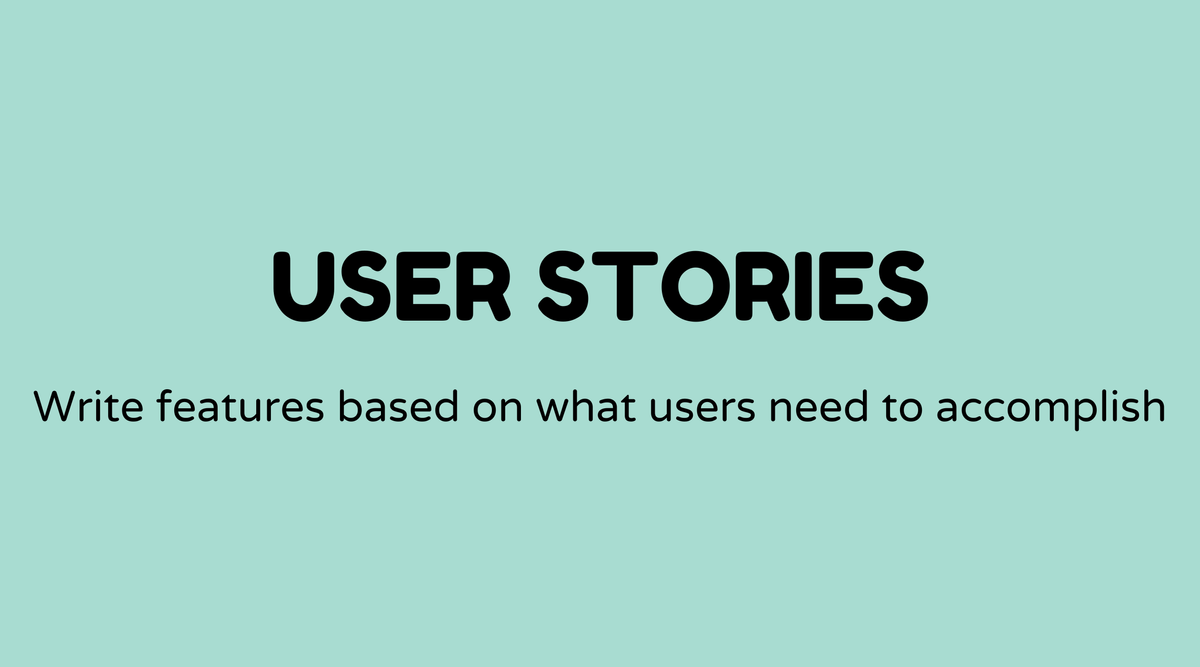User stories

Overview of User Stories:
In product development, user stories play a vital role in shaping the final outcome. They consist of brief, straightforward descriptions of a product feature from the viewpoint of the end user. The main purpose? To capture user requirements and the rationale behind them. Typically, user stories are articulated in accessible language so that all project participants can comprehend them.
User stories are not solely about documentation; they are instrumental in encouraging collaboration among team members. They promote dialogue between developers, designers, and stakeholders, ensuring that everyone is aligned.
For individuals interested in user stories, resources like Scrum Guides or Atlassian’s JIRA tutorial can serve as excellent starting points. Additionally, engaging videos, such as this YouTube tutorial on user stories, can offer further insights.
Why User Stories Matter:
User stories are important because they position the user at the core of product development. By emphasizing user needs, teams can deliver more relevant and functional products. User stories assist with:
- Prioritizing work: Teams can concentrate on delivering features that provide the highest value.
- Improving communication: They establish a common understanding among cross-functional team members.
- Increasing empathy: Developers adopt the user’s perspective, supporting user-centered design.
These narratives also help teams remain adaptable, responding swiftly to evolving user needs while keeping user goals in focus.
What is a User Story:
A user story is a succinct depiction of a user requirement. It follows a standard format, often referred to as the user story template: "As a [type of user], I want [an action] so that [a benefit/a value]." This template ensures that all participants grasp who the end user is, what they want, and the rationale behind it.
For example, consider a user story for a food delivery app: "As a hungry customer, I want to see a list of available restaurants so that I can choose where to order my food." Here, the who is the hungry customer, the what is the ability to view restaurants, and the why is to make an informed choice for food orders.
How to Create User Stories:
Developing effective user stories involves several steps:
-
Gather Requirements: Collaborate with stakeholders to comprehend user needs.
-
Write the Story: Use the standard format while ensuring clarity and simplicity.
-
Prioritize: Not all stories carry the same weight, so ranking based on value is essential.
-
Break Down Stories: Ensure that stories are concise enough to be finished in a single sprint.
-
Validate: Continuously review and refine stories based on feedback and evolving requirements.
| Step | Description |
|---|---|
| Gather | Collaborate with all stakeholders. |
| Write | Use clear, concise language. |
| Prioritize | Rank based on user value. |
| Break Down | Keep stories manageable and small. |
| Validate | Regular refinement and feedback. |
Examples of User Stories:
User stories can vary from simple to complex, depending on the context:
-
E-commerce Website: "As a registered user, I want to save my cart items so I can purchase them later."
-
Banking Application: "As an account holder, I want to view my transaction history so I can manage my finances better."
-
Social Media Platform: "As a user, I want to customize my privacy settings so I can control who sees my information."
These examples showcase the versatility and applicability of user stories across different fields.
FAQs:
What’s the main goal of a user story?
- The main goal is to clearly express user needs and facilitate communication among team members to deliver valuable features.
Can user stories replace detailed documentation?
- While user stories center on user needs, they are complemented by additional documentation when detailed technical requirements are necessary.
How small should a user story be?
- A user story should be brief enough to be completed within a single sprint, typically in a couple of days.
Are user stories only applicable in Agile?
- While frequently associated with Agile, user stories can be utilized in any project management approach that values user-centric design.
How do you prioritize user stories?
- Prioritization is informed by factors such as customer value, stakeholder input, and alignment with business objectives.
What if the user story changes?
- User stories are adaptable, allowing teams to respond to evolving user needs and new insights during development.
For more insights and examples, platforms like UserStory.com and Atlassian’s tutorials are valuable resources. By understanding and implementing effective user stories, teams can greatly improve their product development process, ensuring that the final product effectively meets user requirements.



